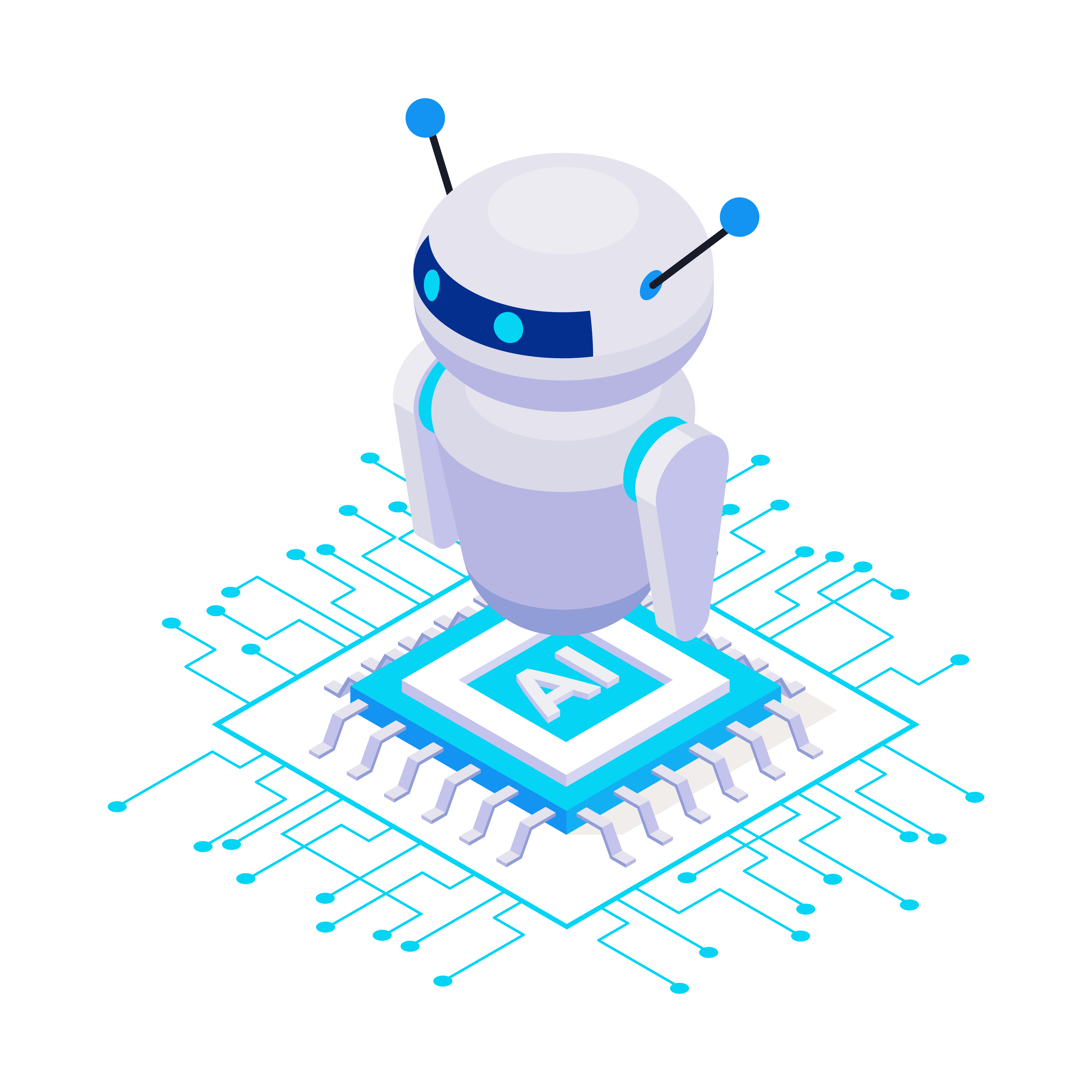Cracking the Code: A Beginner's Guide to Text to Binary Conversion
Decoding the Language of Computers: A Guide to Text to Binary Conversion
Introduction:
- Introduce the concept of text to binary conversion and its significance in computer science and digital communication.
- Highlight how understanding binary code is fundamental to understanding how computers process and store information.
What is Text to Binary Conversion?
- Explain the process of converting text characters into their binary representations using the ASCII (American Standard Code for Information Interchange) encoding system.
- Discuss the binary representation of characters, including letters, numbers, punctuation marks, and special symbols.
Methods of Text to Binary Conversion:
- Manual Conversion: Provide step-by-step instructions on how to manually convert text to binary using ASCII conversion charts.
- Online Tools and Converters: Introduce popular online tools and converters that automate the text to binary conversion process, saving time and effort.
- Programming Languages: Discuss how text to binary conversion can be implemented programmatically using programming languages like Python, Java, or JavaScript.
Applications and Use Cases:
- Explore practical applications of text to binary conversion in fields such as cryptography, data transmission, and file compression.
- Highlight how binary encoding is used in digital communication protocols, including Morse code, Braille, and binary file formats.
Binary Translation Tips and Tricks:
- Share tips and tricks for effectively translating text to binary, such as breaking down complex strings into smaller segments and double-checking for accuracy.
- Provide examples of common pitfalls to avoid when performing text to binary conversion, such as misinterpreting character encoding schemes.
Beyond Text to Binary:
- Discuss advanced topics related to binary encoding, such as Unicode encoding, UTF-8, and UTF-16, and their implications for internationalization and multilingual text processing.
- Explore alternative binary representations, such as binary-coded decimal (BCD) and Gray code, and their applications in specific contexts.
Conclusion:
- Summarize the key insights gained from the blog post, emphasizing the importance of understanding text to binary conversion in computer science and digital communication.
- Encourage readers to experiment with text to binary conversion techniques and explore its practical applications in their own projects and learning endeavors.
Additional Resources:
- Provide links to additional resources, including ASCII conversion charts, online converters, and programming tutorials, for readers interested in further exploring text to binary conversion.
Tags
convert text to binary excel
text to binary using formula excel
cracking the coding interview
text to binary without vba excel
binary to decimal
ethical hacking tutorials for beginners
how to use leetcode effectively
decimal to binary
binary
programming for beginners
cracking codes
hacking
binary coded decimal
binary reverse engineering
how to decode | steganography
how to learn coding
capture the flag
conversion
code cracking
how to crack passwords
